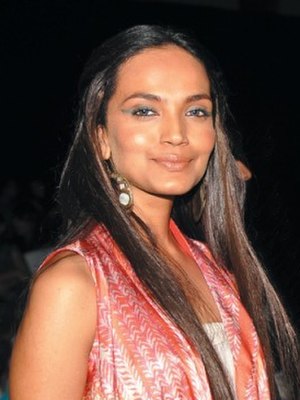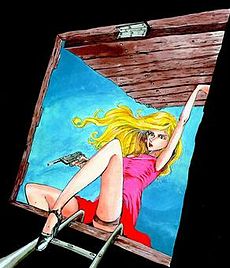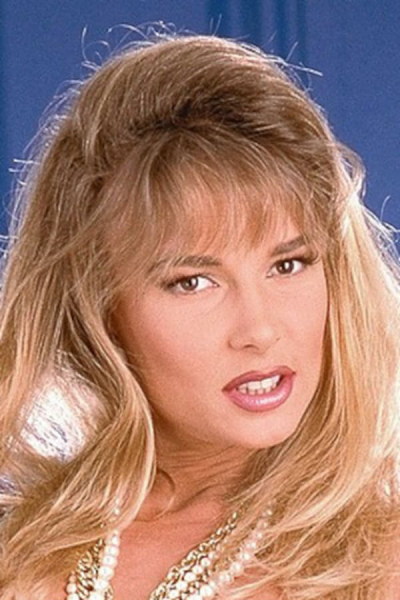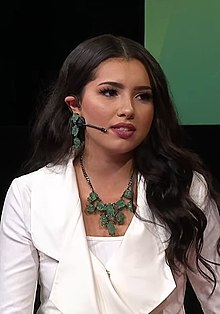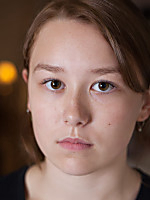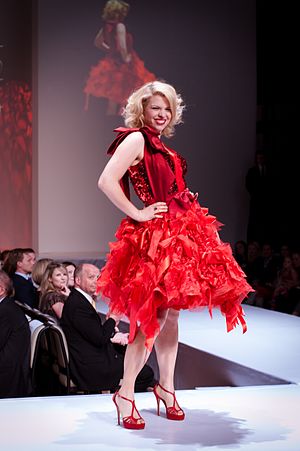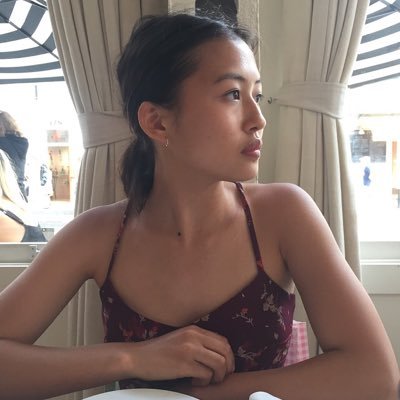Joan Fontaine
Popular As Joan de Beauvoir de Havilland
Birthday October 22, 1917
Birth Sign Libra
Birthplace Tokyo City, Empire of Japan
DEATH DATE 2013-12-15, Carmel Highlands, California, U.S. (96 years old)
Nationality Japan
Height 5' 3½" (1.61 m)
#6819 Most Popular



